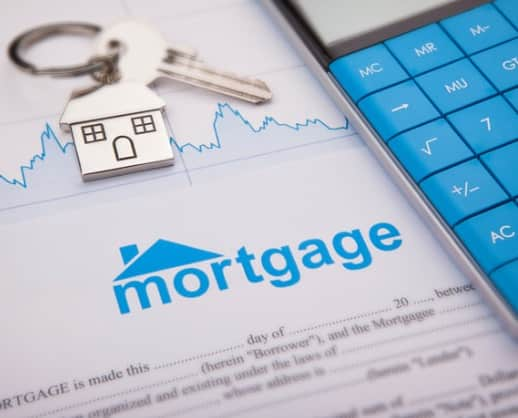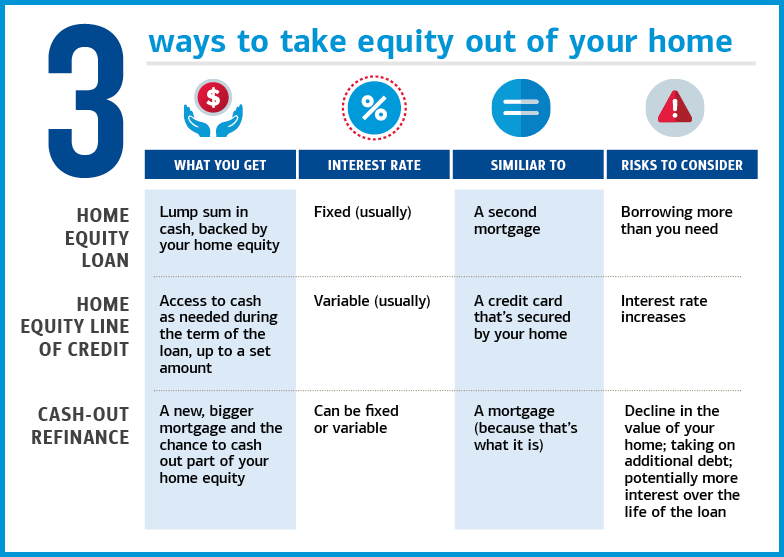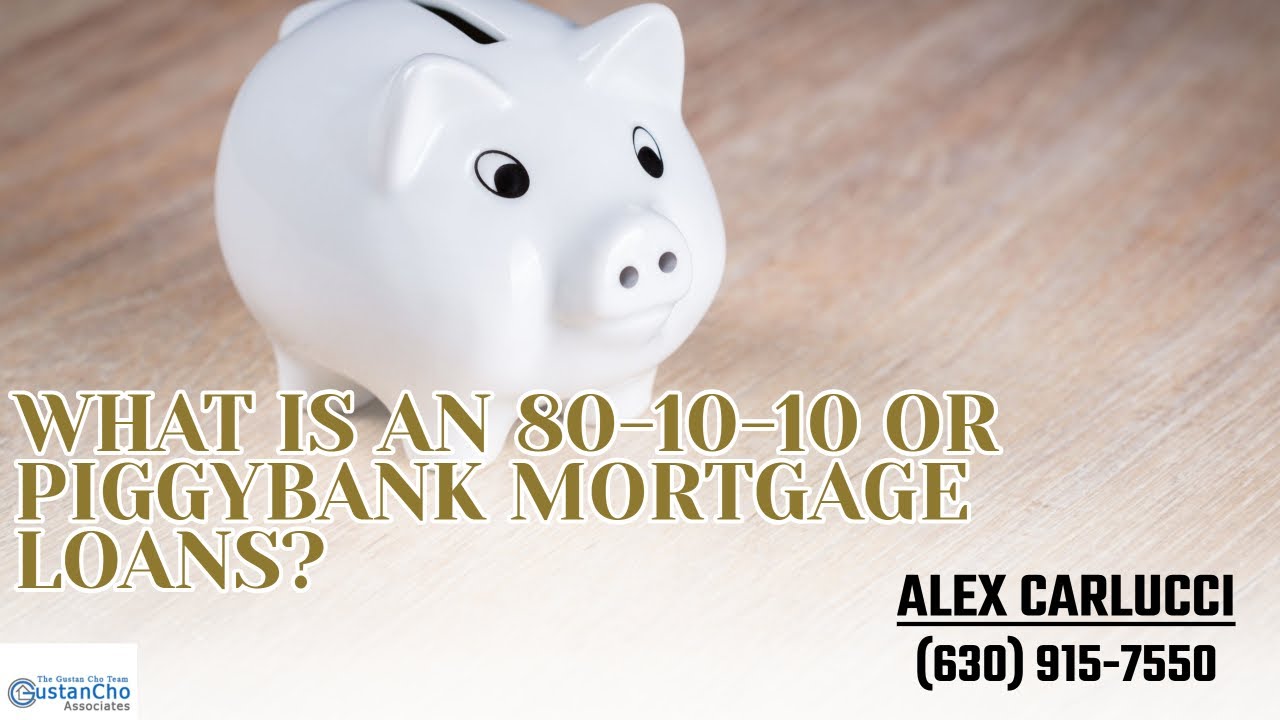
A type of mortgage called the 80-10-10 loan allows borrowers with less than 20% down payment to get rid of PMI. They are also able to purchase a very expensive home without needing to obtain a large loan. This type of loan has one drawback: it requires you to take out two mortgages simultaneously.
Piggyback loans
Piggyback mortgages are a type if mortgage that allows you a lower downpayment for your new property. Contrary to other types, the 80-10-10 mortgage only requires that you put down 10% of the total value of your home. The loan may require you to pay mortgage insurance. But if you have good credit and don't mind the added cost, then this mortgage loan is a great option.
A piggyback loan is made up of two types of lien: the first is a fixed rate mortgage that covers as much as 80% of the home's price. The second lien, however, is a home Equity Line of Credit (HELOC). Although they are similar in structure to credit cards credit cards, home equity lines can of credit (HELOCs), have no interest rates and can be repaid at any time.
Jumbo loans
80-10-10 loans allow borrowers to purchase a larger home with a smaller down payment. This allows them to avoid the strict guidelines that are involved with jumbo loans. They don't have to pay 20% of the home's total price. Instead, they can pay 10% which will significantly reduce their monthly payments. These loans are perfect for people who are in financial distress or those who can't afford the down payment on a conventional loan.

The loan limits for jumbo loans vary by lender, but typically exceed $647,200. The limit for Hawaii and Alaska is even higher, at $970,800.
80 10 10 loan
An 80/10/10 loan may be a good option if you are looking for a luxury home but don't have the funds to down payment. These loans let you borrow 80% of the price of the property, but only a 10% downpayment is required. You don't need mortgage insurance.
This loan is a popular choice for homeowners who wish to avoid jumbo loans, bypass PMI or buy a new house before selling their current one. These loans work in the same way as piggyback loan. Although there are some variations, the concept of the loan is the same. You take out two loans: one for your new home, and one for your existing home. You then pay off the second loan by combining the first. This type of loan has the advantage that you can purchase a more expensive home without having to pay PMI.
Rural housing loans
Rural housing loans offer a great option to purchase a house. These loans are guaranteed by USDA, making them ideal for homebuyers who have low income. This government program offers low interest rate and 0% downpayments. It provides guidance to homebuyers on the application process, eligibility requirements, and how to apply. Refinance for qualified loans is also possible.
There are many reasons rural housing loans could be used. They are available to buyers who want to purchase their first or next home. FHA mortgages require only 3.5% of purchase price. This allows individuals with low incomes and lower incomes to afford a mortgage with lower monthly payments.

USDA loans
If you are in need of a zero-down home loan, then you might want to consider a USDA 80-10-10 loan. This program is specifically designed for low and moderate-income households. To qualify, you'll need to have certain income and property qualifications. If you meet the above requirements, you will be able purchase a property.
There are many options available for this loan program, including bank-owned and self-serviced loans. These loans are guaranteed to have a low interest rate and flexible repayment terms because they are backed USDA. These loans require no down payment and can typically be repaid in 33 to 38 years depending on your income.
FAQ
Which is better, to rent or buy?
Renting is generally cheaper than buying a home. It's important to remember that you will need to cover additional costs such as utilities, repairs, maintenance, and insurance. Buying a home has its advantages too. You will be able to have greater control over your life.
What is reverse mortgage?
Reverse mortgages are a way to borrow funds from your home, without having any equity. This reverse mortgage allows you to take out funds from your home's equity and still live there. There are two types: government-insured and conventional. A conventional reverse mortgage requires that you repay the entire amount borrowed, plus an origination fee. FHA insurance covers repayments.
How much money do I need to save before buying a home?
It depends on how long you plan to live there. It is important to start saving as soon as you can if you intend to stay there for more than five years. If you plan to move in two years, you don't need to worry as much.
What's the time frame to get a loan approved?
It depends on several factors such as credit score, income level, type of loan, etc. It usually takes between 30 and 60 days to get approved for a mortgage.
What should you consider when investing in real estate?
It is important to ensure that you have enough money in order to invest your money in real estate. If you don’t have the money to invest in real estate, you can borrow money from a bank. It is important to avoid getting into debt as you may not be able pay the loan back if you default.
Also, you need to be aware of how much you can invest in an investment property each month. This amount must be sufficient to cover all expenses, including mortgage payments and insurance.
Finally, ensure the safety of your area before you buy an investment property. It would be best if you lived elsewhere while looking at properties.
Statistics
- Based on your credit scores and other financial details, your lender offers you a 3.5% interest rate on loan. (investopedia.com)
- It's possible to get approved for an FHA loan with a credit score as low as 580 and a down payment of 3.5% or a credit score as low as 500 and a 10% down payment.5 Specialty mortgage loans are loans that don't fit into the conventional or FHA loan categories. (investopedia.com)
- Over the past year, mortgage rates have hovered between 3.9 and 4.5 percent—a less significant increase. (fortunebuilders.com)
- Some experts hypothesize that rates will hit five percent by the second half of 2018, but there has been no official confirmation one way or the other. (fortunebuilders.com)
- The FHA sets its desirable debt-to-income ratio at 43%. (fortunebuilders.com)
External Links
How To
How to buy a mobile house
Mobile homes can be described as houses on wheels that are towed behind one or several vehicles. They have been popular since World War II, when they were used by soldiers who had lost their homes during the war. People who want to live outside of the city are now using mobile homes. These homes are available in many sizes and styles. Some houses are small while others can hold multiple families. Even some are small enough to be used for pets!
There are two main types of mobile homes. The first is built in factories by workers who assemble them piece-by-piece. This takes place before the customer is delivered. You can also build your mobile home by yourself. First, you'll need to determine the size you would like and whether it should have electricity, plumbing or a stove. Next, ensure you have all necessary materials to build the house. You will need permits to build your home.
You should consider these three points when you are looking for a mobile residence. A larger model with more floor space is better for those who don't have garage access. A larger living space is a good option if you plan to move in to your home immediately. You should also inspect the trailer. If any part of the frame is damaged, it could cause problems later.
Before buying a mobile home, you should know how much you can spend. It's important to compare prices among various manufacturers and models. Also, look at the condition of the trailers themselves. Many dealerships offer financing options but remember that interest rates vary greatly depending on the lender.
An alternative to buying a mobile residence is renting one. Renting allows for you to test drive the model without having to commit. Renting is expensive. Most renters pay around $300 per month.